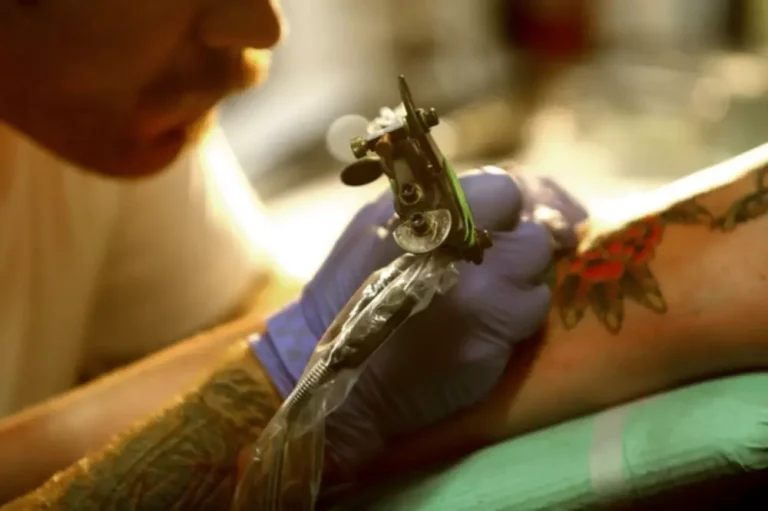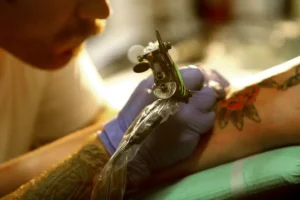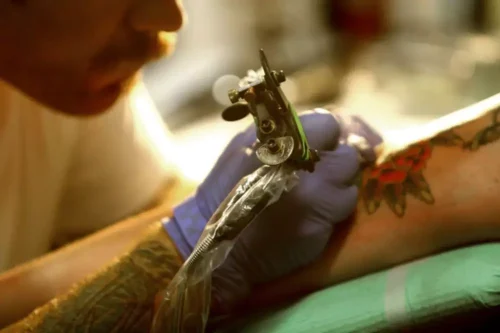
Are neither faith-based nor religious organizations, seven of their 12 https://ecosoberhouse.com/article/drug-detox-process-and-side-effects/ steps explicitly mention God, a Higher Power, or spirituality. Has clear roots in Protestant and Catholic Christian thought and practice (Burnett 2014; Chesnut 2014) and is predicated on the need for a Higher Power to help alcoholics become and remain sober. While this Higher Power is God for many members of the 12-step programs and fellowships, atheists and other nontheistic A.A. Participants may define their Higher Power as the collective strength and support provided in their group meetings. Lifesaving medicines and psychological interventions are important parts of rescue and recovery; however, they are not enough. Religion and religious participation can address the many issues that lead people to alcohol and/or drug dependency that medical interventions alone can fail to address.
Does it pose a risk of addiction?

The evidence we have reviewed and presented above shows that religious beliefs, practices, and belonging as well as spiritual programs inspired by faith in a Higher Being significantly contribute to the prevention of and recovery from substance abuse. This study finds that 73% of substance abuse recovery programs in the USA include a spirituality-based element, as embodied in the 12-step programs and fellowships, the majority of which emphasize reliance on God or a Higher Power to stay sober. America is in the midst of an acute alcohol and drug addiction crisis. Life-saving medicines and psychological interventions are important components of rescue and recovery. Along with the body and the mind, the spirit is also a central part of the continuum of addiction health care. In this study, we will (1) give a brief overview of the substance abuse crisis and then (2) examine the empirical evidence illustrating faith’s contribution to preventing people from falling victim to substance abuse and helping them recover from it.
What are the treatments for heroin use disorder?

Heroin that’s injected under the skin or into a muscle may take longer to kick in, and the strongest effects may linger for up to an hour. The number of people in the United States who use heroin has risen steadily since 2007. Usually, heroin comes in small “caps” that are just enough for one use or injection. The drug itself may come in aluminum foil packages (called foils) or in tiny balloons. Right after you take heroin, you get a rush of good feelings, relaxation, and happiness. Then, for several hours, you may feel as if the world has slowed down.
Medical Professionals
Self-help support groups, such as Narcotics Anonymous, help people who are addicted to drugs. For diagnosis of a substance use disorder, most mental health professionals use criteria in the Diagnostic and Statistical Manual of Mental Disorders (DSM-5), published by the American Psychiatric Association. Many people relapse after heroin detox because they don’t know how to maintain sobriety. Without therapy, they may not know how to cope with cravings. Trauma, stress or other types of triggers can also lead to relapse. While they’re taking a maintenance medication, they can attend counseling and therapy.
What are the Effects of Heroin Addiction?

People who take heroin often describe feelings of euphoria, although this is often short lived. They may also experience unpleasant side effects, such as nausea, vomiting, and itching. The Diagnostic and Statistical Manual of Mental Disorders, 5th edition, text revision (DSM-5-TR), indicates that a person must meet specific criteria to receive a diagnosis of an OUD. Additionally, some people may engage in speedballing, which involves mixing heroin with crack cocaine for a stronger effect. 24-hour, toll-free, confidential support for people in distress. Prevention and crisis resources for you or your loved ones.Call or text 988.
Heroin affects the brain’s pleasure and reward system, causing changes to how the brain works. Aftercare and support groups help people in recovery avoid relapse during this recovery process. Therapy also helps people recovering from heroin addiction recognize and understand their dysfunctional behaviors.
Why Are More People Using Heroin?

“Speedballing” refers to the practice of mixing heroin with a stimulant, such as cocaine, methamphetamine, or certain ADHD medications. The stimulant is meant to intensify heroin’s euphoria while masking its sedation effects. Even if you no longer feel heroin’s effects, its chemical byproducts might linger in your body a while longer — though the exact amount of time depends on how you took the drug and how long you’ve been using it. Here’s a basic rundown of what to know about using heroin, including how long it stays in your system, side effects, and signs of an overdose. Support groups and services are widely available in the U.S.

Physical effects
- This can harm the cells that keep vital organs like your lungs, liver, kidneys, or brain working properly.
- It can lead to addiction and misuse and has associations with several potentially severe side effects.
- People who overdose on heroin may seem like they’re asleep and snoring.
- In July 2020, the FDA announced they were requiring manufacturers for all opioid pain relievers and drugs used to treat opioid use disorder (OUD) to add new recommendations about naloxone to the prescribing information.
At the same time, the poll found a significant rise (from 20% in 1998 to 39% in 2018) in the belief among Americans that religion is largely out of date. Volunteer addiction recovery support groups meeting in congregations around the USA contribute up to $316.6 billion in benefit to the US economy every year at no cost to tax payers. And this represents only a portion of the faith-based work addressing the addiction crisis. International studies provide corroborative support for US findings, linking religious participation and a personal prayerful connection with God (or spirituality) to fewer addictive behaviors (e.g., Szaflarski 2001; Gomes et al. 2013; Haug et al. 2014).
And Barry hasn’t forgotten his Summerhill roots amid his rise to fame, with the star telling Louis that he hopes to open a youth center there with Olympic boxer Kellie Harrington, who is also from the area. Barry also discussed the way that his upbringing has been treated as a “pity story” in the media, insisting that he doesn’t speak about it to get sympathy from people. Instead, he hopes to inspire other children who may be in a similar situation to the one he was once in. The US DOT heroin addiction treatment (2016b) uses a value of $9.6 million (according to the 2015 value of dollar) for each expected fatality reduction, with sensitivity analysis conducted at alternative values of $5.4 million and $13.4 million. The US Environmental Protection Agency’s (EPA) (2016) current guidance calls for using a VSL estimate of $10.1 million (according to the 2015 value of dollar). The US Department of Health and Human Services (HHS) (2016a, b) suggests using the range of estimates from Robinson and Hammitt (2016), a low of $4.4 million to a high of $14.3 million with a central value of $9.4 million (according to the 2015 value of dollar).




Leave a Comment